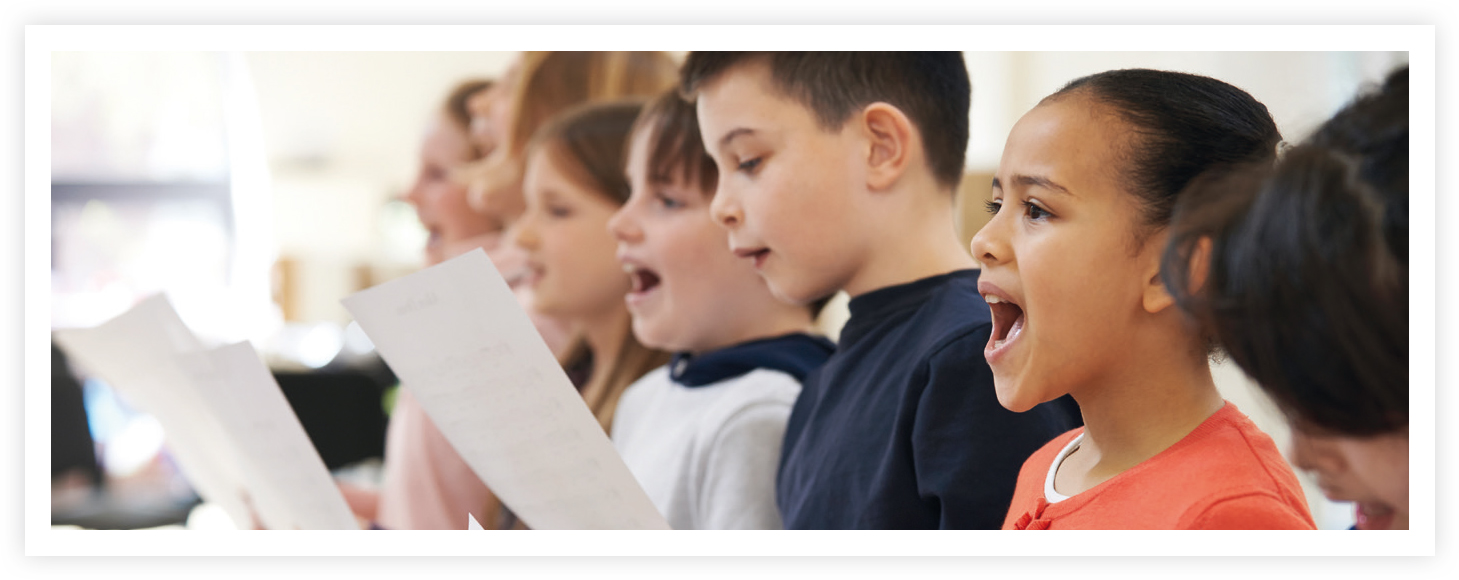
First published in 1958, Ted Reed's Progressive Steps to Syncopation for the Modern Drummer is widely considered to be one of the most important books in drumming literature. Its goal, according to the author, ‘is to first introduce basic music reading skills and then to explore many of the most common syncopation rhythms found in today's music’. The book does exactly that and so much more, since it can be interpreted in a myriad of approaches. In fact, it's been used in so many ways over the years that there are now companion books full of suggestions on how to use the material.
While the earlier sections are great for beginners, it's at Lesson 12 (on p. 30 in most editions) where we get to the meat and potatoes of the book. It's here where Reed take us through an extensive combination of crotchets and quavers. If you can master these combinations with any of the methods I'm about to share, then most of the technical elements of playing will be covered. From there you can move on to Reed's various exercises, which are more like etudes, to develop sight-reading and improvisatory skills.
For drummers, the same rhythm can be notated in more than one way. So, in ‘Syncopation Set 1’ (p. 33), Reed introduces differing styles of notation, giving examples of common phrases, and three ways in which they could be written. In ‘Syncopation Set 2’ (p. 34), Reed presents 48 exercises that gradually become more challenging. These exercises are notated in the fashion typical of most professional drum-kit charts. It's exceedingly rare for drummers to be given fully-notated drum parts. Rather, we typically receive lead sheets or parts that only indicate certain phrases or hits. Therefore, learning to interpret these kinds of charts is a crucial skill. By practising the following methods in conjunction with Syncopation, you'll be preparing yourself for this type of interpretation.
If Syncopation is the most important book in the drumming catalogue, then ‘Exercise One’ (p. 38) could be seen as its most important page. It is this page that most drummers reach for when working on, or teaching, a new skill.
Below are a few common ways of using the book to develop facility in various styles of music and different parts of your body. I would recommend starting with ‘Syncopation Set 2’ (p. 34). Once the phrases feel comfortable, try them with ‘Exercise One’ (p. 38).
Source material
Each of the following ideas apply to this phrase from Syncopation:

Hands exercises for practice pad or drum-kit
Play a steady stream of quavers in alternating sticking at a low height. Then, read the rhythms of page 38 as accents.

You can also do this with swung rhythms. Instead of quavers, play constant triplets at a low height, and then read the page as swung quavers. Notes on the beat will be the first partial of the triplet, and upbeats will be on the third partial of the triplet. You won't come across the middle partial of the triplet at this point.

To make this version more complex, add flams to the accents …

… or double strokes on the notes that are unaccented.

Apply these to the drum-kit by playing all unaccented notes on the snare drum, and the accented notes on the toms. By moving right-hand accents to the floor tom, and left-hand accents to the high tom, you'll create a nice, melodic sound.


And, as above, you could add flams and rolls.


Bass drum ideas for rock and pop grooves
With your right hand, play quavers on the hi-hat or ride cymbal, and with your left hand, play back beats on the snare drum. Then, read the rhythms with your right foot.




You could also try it in half-time by playing the snare on beat 3.

Left-hand independence in jazz
Learning to ‘comp’ (short for ‘accompany’) is one of the most vital skills in jazz drumming. It takes a great deal of independence, and one must be a deft improviser, able to think quickly and react to the music in the moment. Syncopation can help develop these skills simultaneously. You can do this with any of your limbs, but most people start with the left hand as it is typically used the most, especially in bebop.
Play the standard jazz ride-cymbal pattern in your right hand (1, 2+, 3, 4+, with a swung interpretation). ‘Chick’ the hi-hat on beats 2 and 4 with your left foot, and ‘feather’ the bass drum with your right foot – meaning play crotchets on all four beats of the bar, but extremely light, to where it's almost inaudible. Then play the rhythms of page 38 in your left hand. Remember, these will be swung.

Right-hand independence in Latin styles
In many Latin styles, our right hands are much busier than in others. In order to develop the freedom to improvise with your right hand, play an ostinato with your feet, be it samba, bombo, etc., and read passages from Syncopation on the ride cymbal with your right hand. If you're playing a samba or something similar, you could fill in the other notes on the snare drum with your left hand …


… or, if you are playing Cuban styles, try to play a conga pattern in your left hand.

Again, these are just a few of the endless ways to use this timeless resource. Whatever your drumming goals, it's quite possible that Syncopation, with the assistance of a good teacher, can help get you there.
- Ted Reed's Progressive Steps to Syncopation for the Modern Drummer (Alfred Music Publishing) is available from retailers worldwide.
- For more ideas on how to use the book, visit Adam Osmianski's blog at thatdrumblog.blogspot.com and click ‘Syncopation’ in the sidebar.




